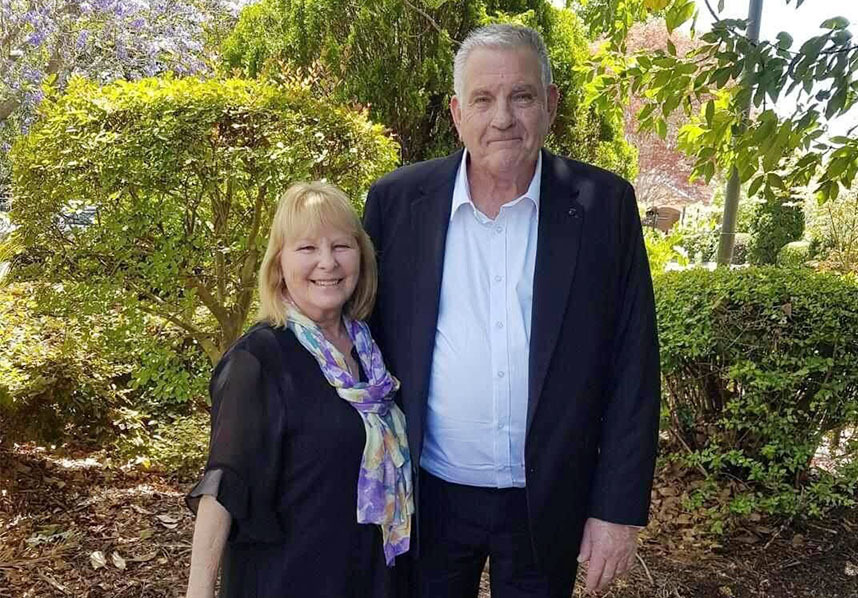The Importance of Having an Investment Property Financial Buffer

The Importance of Having an Investment Property Financial Buffer
Firstly, why is why is having a financial buffer or funds put aside for a rainy day important for landlords?
We are not talking about the type of rainy day where you just stay at home, sleeping the day away, or snuggling up on the couch. Instead, it’s the proverbial kind that you relate to a financial situation. In this case, a landlord’s “rainy day” fund.

What exactly is a financial buffer?
As a landlord, a financial buffer is basically the funds you have available to use if unexpected large repairs occur, or your tenant suddenly stops paying rent or you have an extended vacancy period.
For many of us, maintaining an investment property requires serious effort. And although we know that this investment will pay off in the long run, there are still mortgage repayments, council rates and maintenance we need to take care of at present. What always needs to be remembered, is that your rental income won’t cover all these costs at all times.
What are the long-term benefits of a rainy-day fund?
Firstly, by keeping a rainy day fund and responding to maintenance requests quickly and comprehensively can improve your relationship with your tenants. And in return, this may even lead them to stay with your property longer. Keep in mind that a long-term tenant means stable rental income and fewer expenses associated with re-letting your property. Long-term tenants are also more likely to take good care of your investment. Also remember that sometimes property maintenance can be either a short term fix, or a proper long term fix, and having the choice to fix things properly the first time around will actually save you money in the long run..
Secondly, a rainy day fund means greater peace of mind. No investor likes the stress of trying to meet a mortgage payment with a vacant property and no rent coming in. Yes, we concur – this financial buffer isn’t exactly exciting to think about or save for. However, the most important thing to note is that unplanned expenses do come up for all of us from time-to-time and we feel that the best way to prepare for these unexpected events is to plan ahead, avoid financial stress, and maximise rental returns.
Following are a few tips to consider which may help you to feel more confident about your financial situation and to avoid getting caught out in the rain. After all, regardless of the instance, having a rainy day fund can always prove to be useful:
SET A TARGET AMOUNT
Essentially, set an amount that would give you peace of mind if an unexpected event were to occur. As the rainy day rule of thumb, a financial buffer of three to six months’ worth of maintenance costs, to cover any expenses that may arise, is the most ideal.
Keep in mind, though, that this rule of thumb is just a guide; generally, your target amount will depend on your cash-flow position as well as your appetite for risk.
KEEP IT SEPARATE
Consider how you can put your financial buffer aside and keep it separate from your other day-to-day expenses. We encourage you to create a separate account that isn’t linked to your main or regular account. This might be through:
- Creating a savings account with your bank; and/or
- A mortgage that has redraw or offset options. You may want to boost this account, however we advise you to speak to your lender to better understand your options.

PRIORITIZE SAVING
Before spending, make sure that you have money set aside as savings. Consider setting aside a regular amount that you can commit to each payday.
Once you’re in the habit, you might find yourself being able to save even more and before you know it, you have already reached your goal faster than intended.
You can also consider setting up recurring automatic payments so that when your pay comes in, you’re saving regularly without any effort.
Aim for what you can afford, and remember, no amount is too small to put aside!

GIVE IT A BOOST WHEN YOU CAN
Although you set a target amount, this doesn’t mean you cannot increase it. When you can, tip a little bit extra into your rainy-day account to quickly build it up. Remember, more is better than your target amount, but not less!
Tax returns are a great example – if you get a tax refund after completing your tax return, you could consider putting this into your rainy day account.
USE IT ONLY WHEN NECESSARY
The day will finally come and you have to spend your funds. When this happens, don’t fret because that’s what these savings are for. Just remember to commit to topping it back up as soon as possible after an unexpected event to ensure you have your safety net in place for the next time you need it.
Recent Posts
What to Consider when Applying for a Home Loan
21 Apr 2024
8 Signs It's Time to Sell Your Home
01 Apr 2024
Budgeting Tips for First Time Renters
28 Mar 2024













